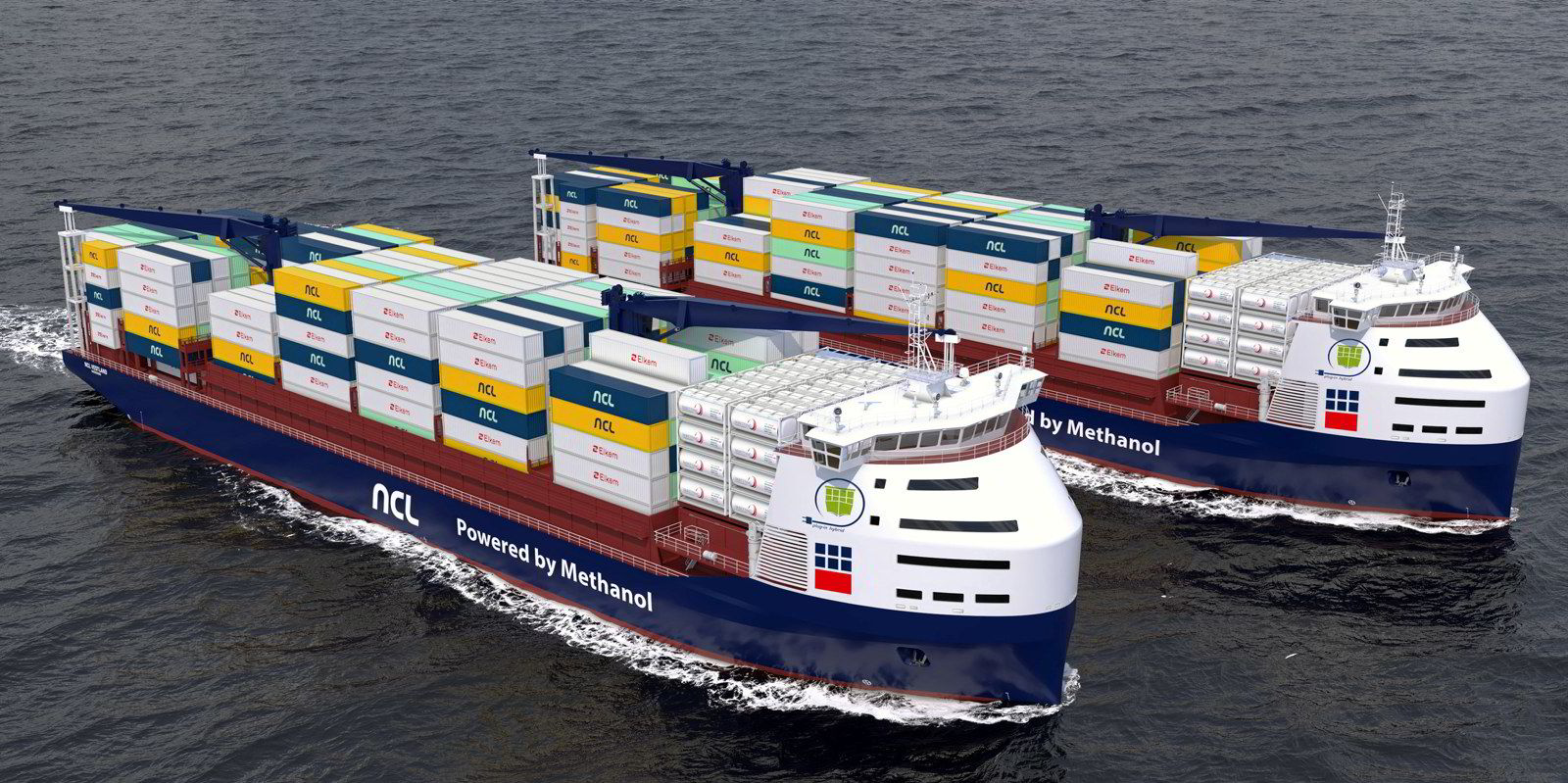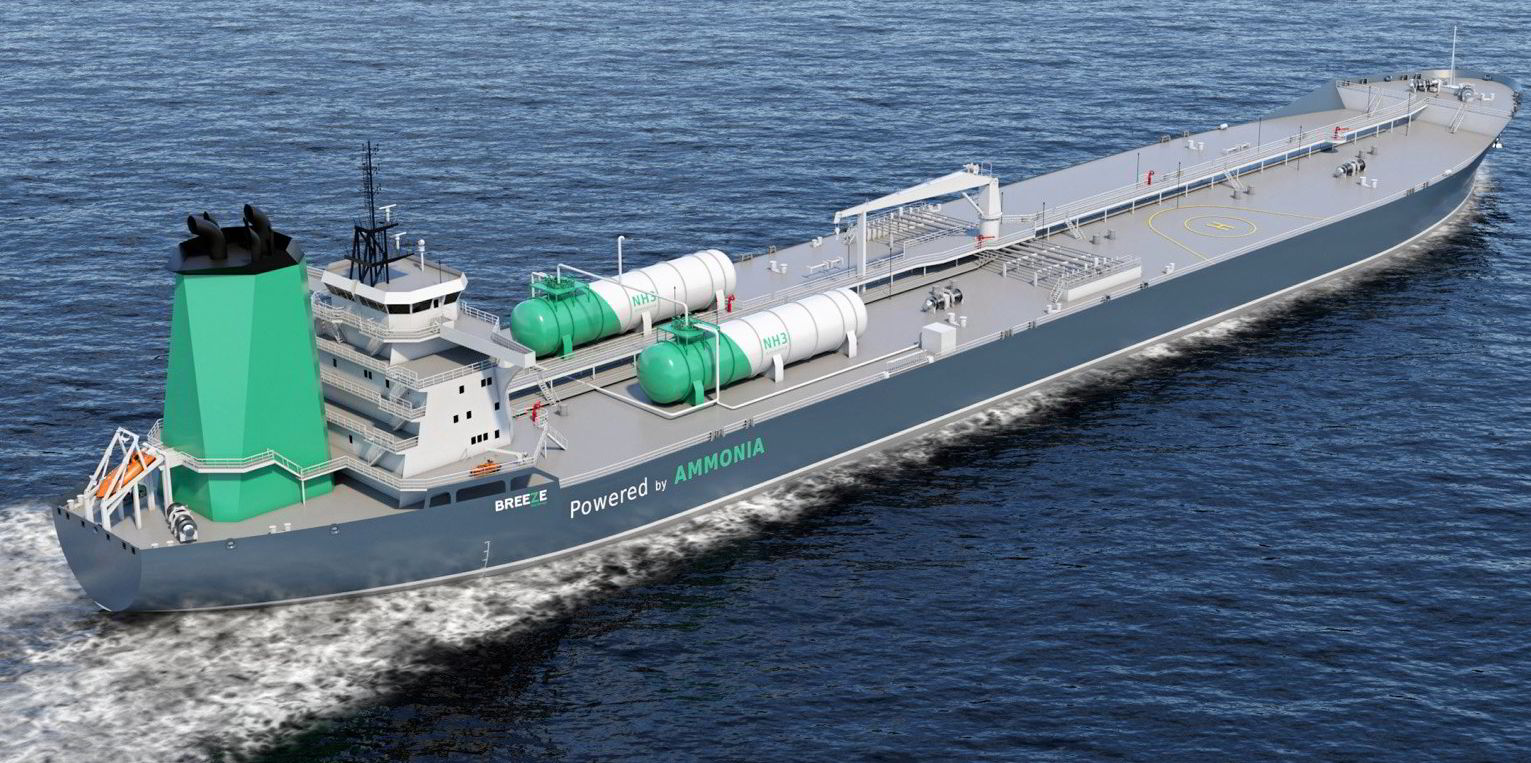Heligoland has a population of a little more than 1,000 residents, and the windswept German island on the edge of the North Sea is a popular destination for tourists who want to get away.
But Heligoland has a hot commodity — offshore wind — and it is looking to use that resource to make what could one day be another hot commodity: green hydrogen.
As TradeWinds recently reported, Heligoland’s municipality has hired HPC Hamburg Port Consulting to find out whether it should build a fuelling station to sell green hydrogen to shipping companies that want to power their vessels with this carbon-free fuel.

“This is the only high sea island in Germany,” HPC terminal planning specialist Dorothe Gortz told the Green Seas podcast.
“And this is located … close to the offshore wind farm. So this is why there’s the opportunity to look into the production of hydrogen offshore directly at the wind park.”
Fuels that are made from electricity are called e-fuels, and they offer a tantalising prospect for a shipping industry looking to decarbonise. If produced with hydrogen made from renewable electricity, they can be zero carbon all the way up the fuel supply chain.
That is a sharp contrast to most hydrogen, methanol or ammonia today. Their greenhouse gas emissions may be low or zero when burned on a ship, but they are produced using fossil fuels.
But e-fuels are not in abundant supply and they are expensive.
In the North Sea, there are shipping companies that may want Heligoland’s green hydrogen.
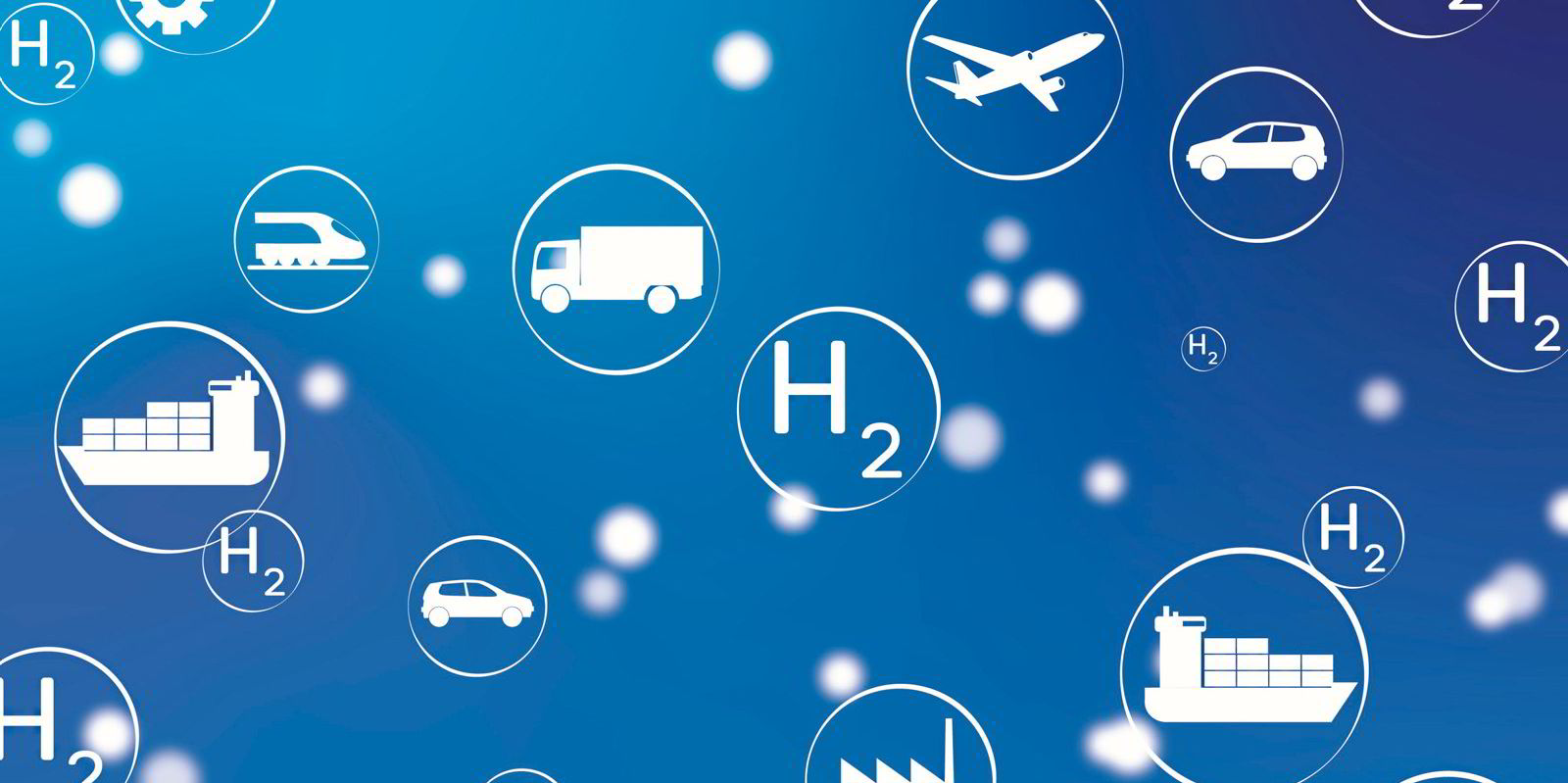
Compagnie Maritime Belge, through its Windcat Workboats subsidiary, has ordered vessels that will work in the offshore wind sector and will be powered by hydrogen. Passenger vessels serving the island could also switch to the fuel.
Heligoland may be a unique circumstance — a place where the supply of zero-carbon fuels can be matched up with the demand for the fuel. Or maybe not.
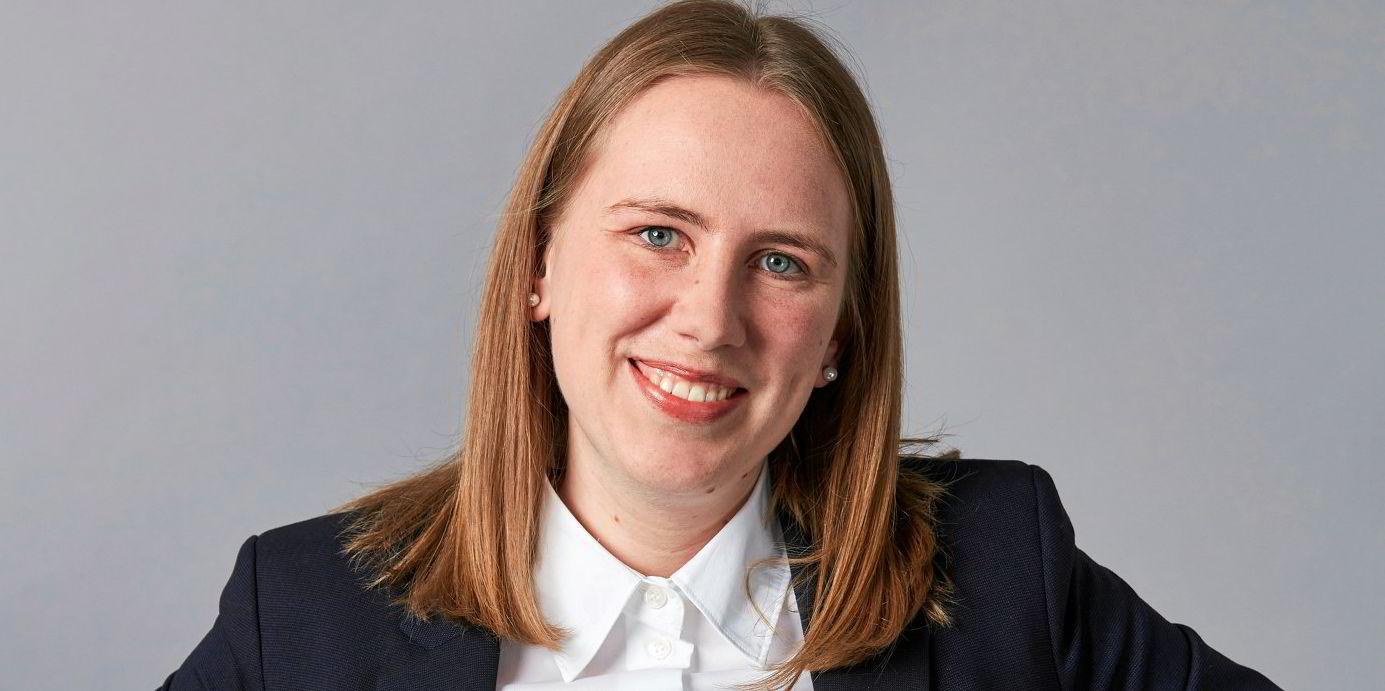
Gortz explained that Heligoland has another use for its fuel: to clean up the island’s own energy use, particularly in winter. The overflow might go to shipping in the summer, but there is more green hydrogen production in the winter when the winds blow hardest.
“Because of this production in wintertime, and the need for fuel mostly is during summertime, there’s a storage issue,” she said. “So, this is why we are mostly looking into dual-fuel scenarios.”
In addition to green hydrogen, the key e-fuels being targeted by shipping include green ammonia and e-methanol. Although methanol has carbon in its chemical formula, it has the potential to have a zero-GHG footprint when made with green hydrogen and captured carbon.
For long-haul shipping, methanol and ammonia are seen as more viable than green hydrogen because they have more energy density — that is, they take up less storage space on a ship to produce the same amount of energy.
But they are still more expensive than other alternative fuels.
The International Transport Forum (ITF), a part of the OECD, issued a report this month saying overcoming that cost-competitiveness problem will require significant government intervention.
Pricing carbon
That includes efforts underway at the International Maritime Organization to put a price on carbon, which the European Union is also planning to do starting next year.
The ITF also called for targeted interventions to bring down the cost of e-fuel production.
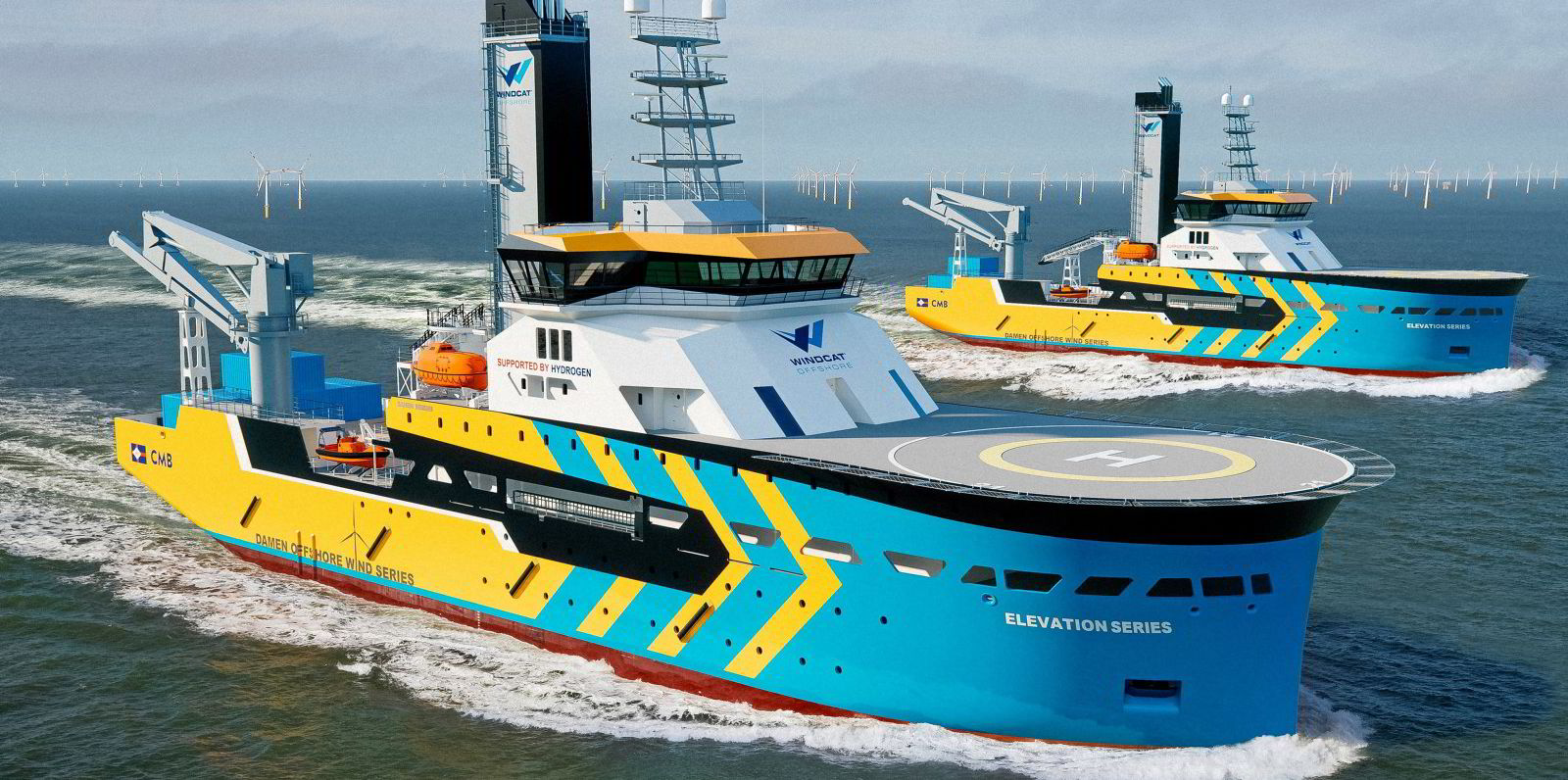
ITF transport analyst Andreas Kopf, speaking at a webinar to discuss the report, said e-fuel technologies are still at an early stage of development.
“Which means that technology-neutral policy support may not be sufficient, because the cost there is just so much higher relative to other alternative fuels, such as biofuels,” he said.
Biofuels’ role unclear
Those biofuels may play a role, but it remains unclear how big that role may be.
“And so that also means that we need targeted policies to kick-start the production now, and then to achieve economies of scale, as soon as possible until we have some sort of clarity,” he said.
Kopf said there also needs to be strict regulation on how the fuels’ carbon footprint is calculated, for example, to avoid double counting of captured carbon or to ensure the non-carbon GHG emissions from ammonia are factored in. The IMO is also working on well-to-wake guidelines to calculate shipping emissions.
But the ITF’s researchers said what is also needed is “additionality” in the renewable energy used to make green hydrogen.
If renewable energy that powers cities is diverted to make green fuels, that makes those cities dirtier.
“So it’s very important to ensure that new windmill turbines and solar panels are added to the grid, specifically for the purpose of producing the fuels,” said ITF researcher Matteo Craglia.
While the future of e-fuels lacks clarity, some companies are taking action now.
Green ammonia project
TradeWinds reported last week that Danish marine fuels giant Monjasa struck a deal with a project called HOST PtX Esbjerg. The PtX stands for “power to X”, a term used to refer to turning electricity into synthetic fuels.
HOST PtX is planning to build a plant in Denmark that would use electrolysis technology to produce green ammonia.
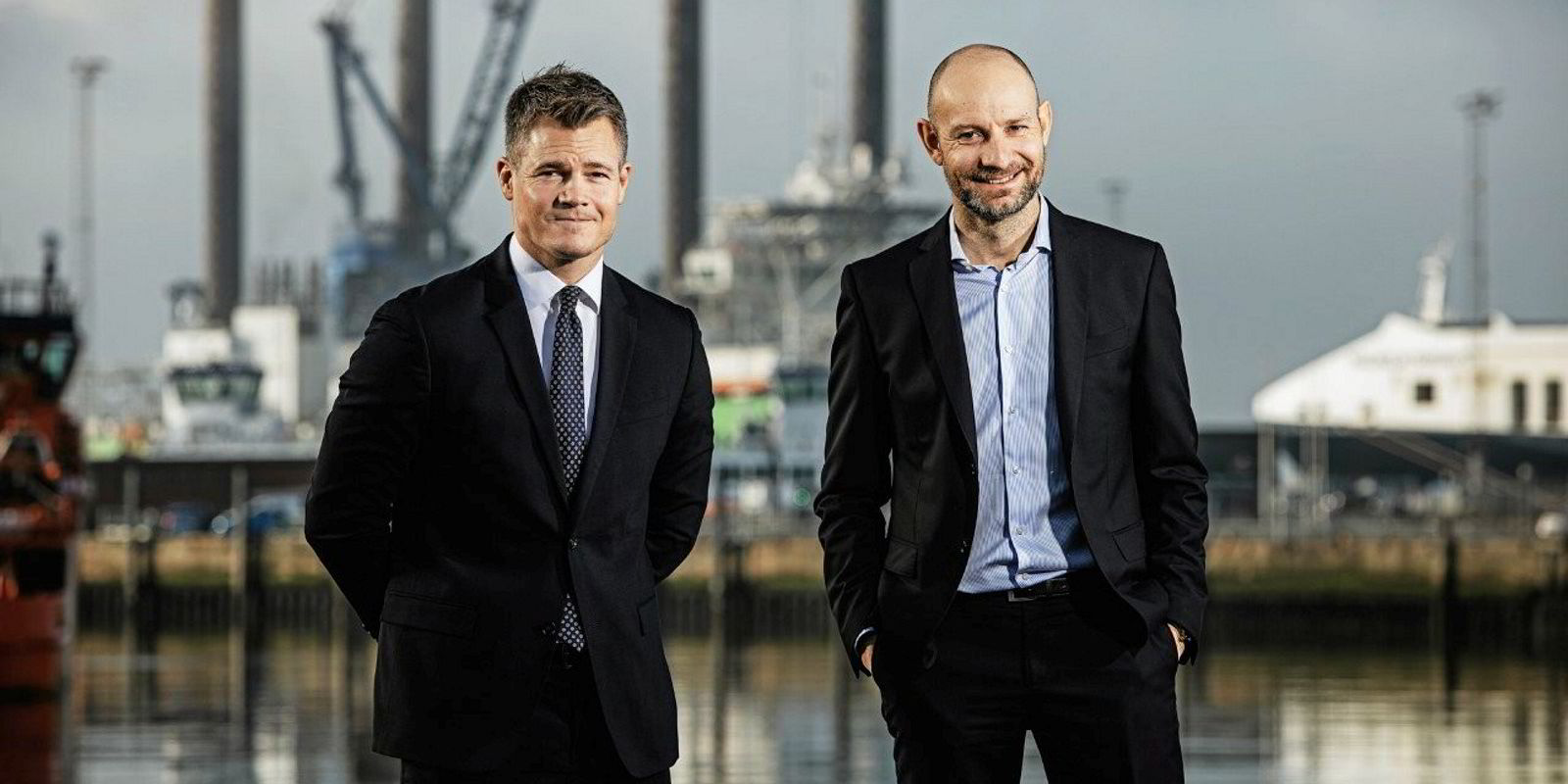
“To build a PtX plant at this period in time, you are ahead of the curve. You are actually leaning forward into a market that doesn’t exist. You are leaning into regulation that is not in place,” said project director David Dupont-Mouritzen.
But that is the action he said is needed to tackle the carbon footprint of industries such as shipping that are known as “hard to abate” because they are so dependent on fossil fuels.
‘Commercially interesting’
He said the scaling up of renewable electricity production has made electrolyser technology “commercially interesting” but it is still a big-ticket cost in the project.
Most of HOST PtX’s planned output would go to the fertiliser industry, but Dupont-Mouritzen said Monjasa will receive a not-insignificant share to sell to its shipping customers.
The project plans to take a final investment decision this year, but it is hoping regulatory change in the EU will allow it to certify the green hydrogen used to make the ammonia fuel.
And the company believes Denmark’s electricity tariffs need to catch up to the green transition.
But Dupont-Mouritzen sees a future green ammonia market in which there will be more demand than supply. For shipping to get its hands on future volumes, he believes companies have to change their mindsets away from the short-term focus of the current bunker fuel market.
“The maritime industry, they have a window of opportunity for the next year, maybe two, to actually do some long-term contracting. And this is where we hit the main roadblock because the mindset of the maritime industry is day trading of fossil fuels,” he said.
“And what we see will be needed in the future is long-term contracts of five, 10, 15 years until you have a liquid market.”
